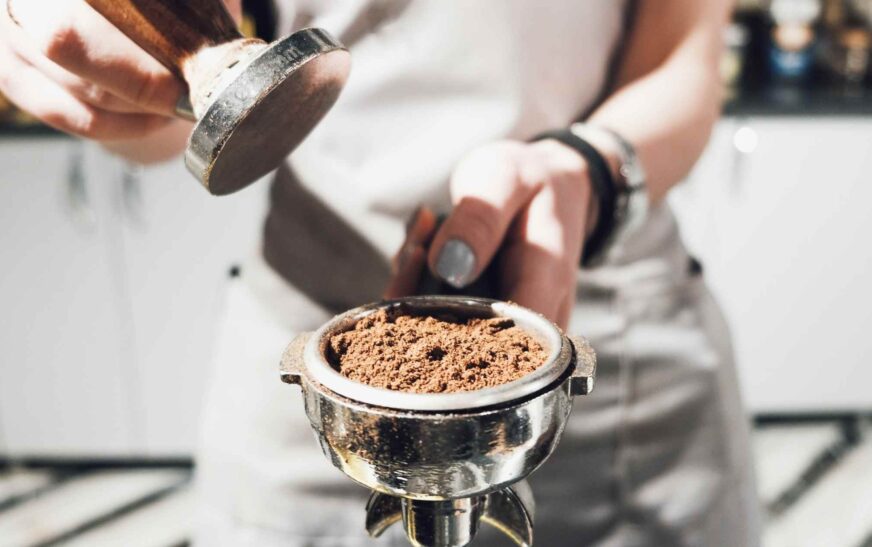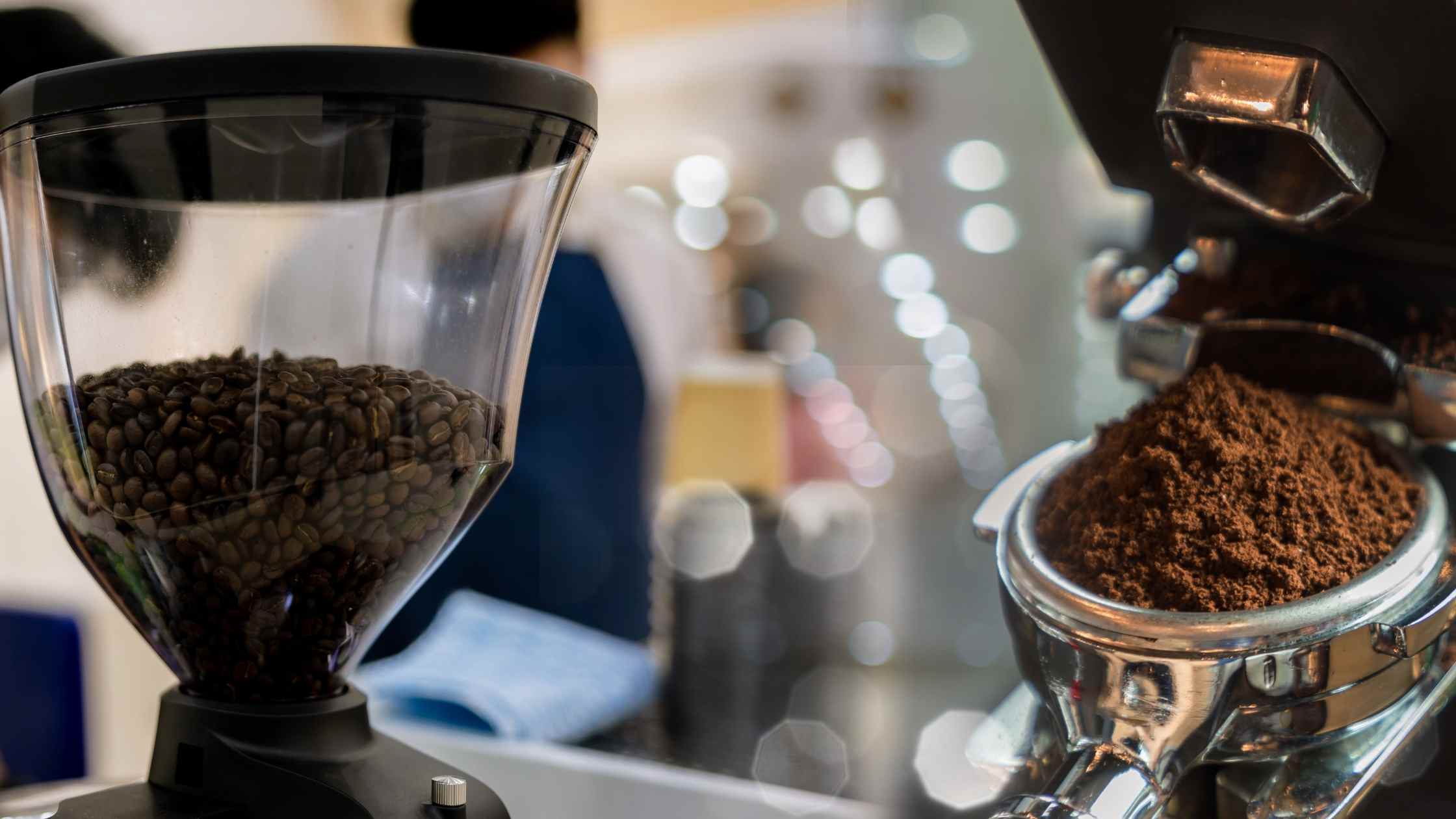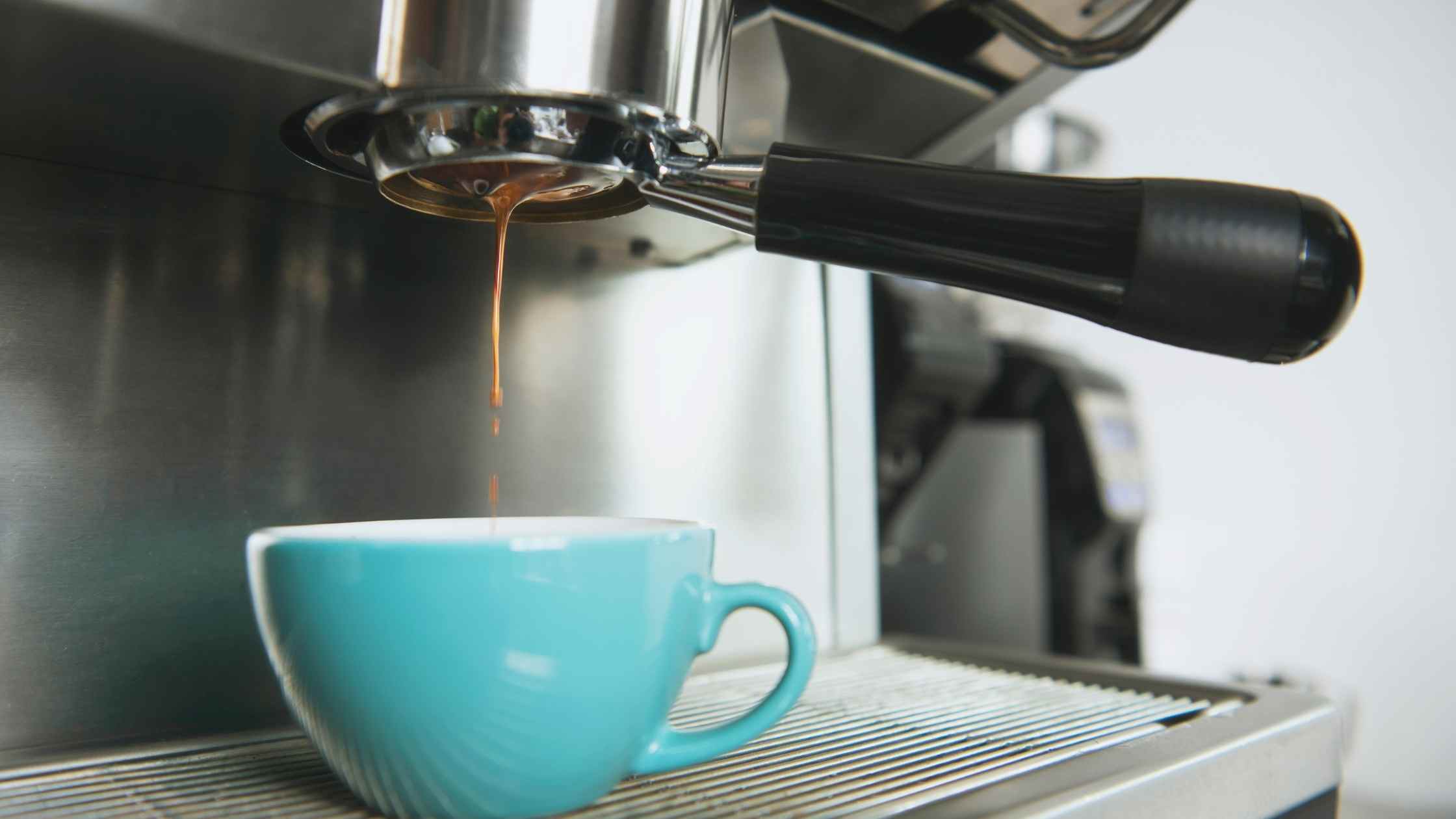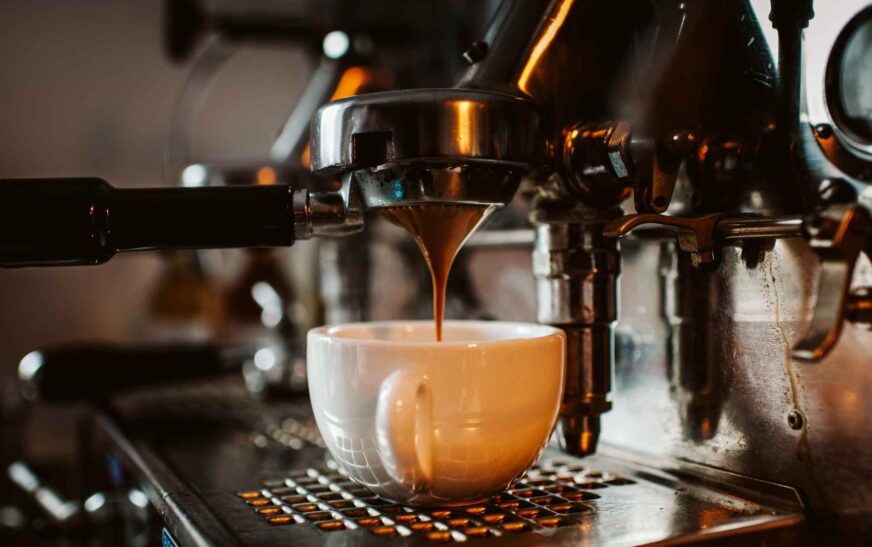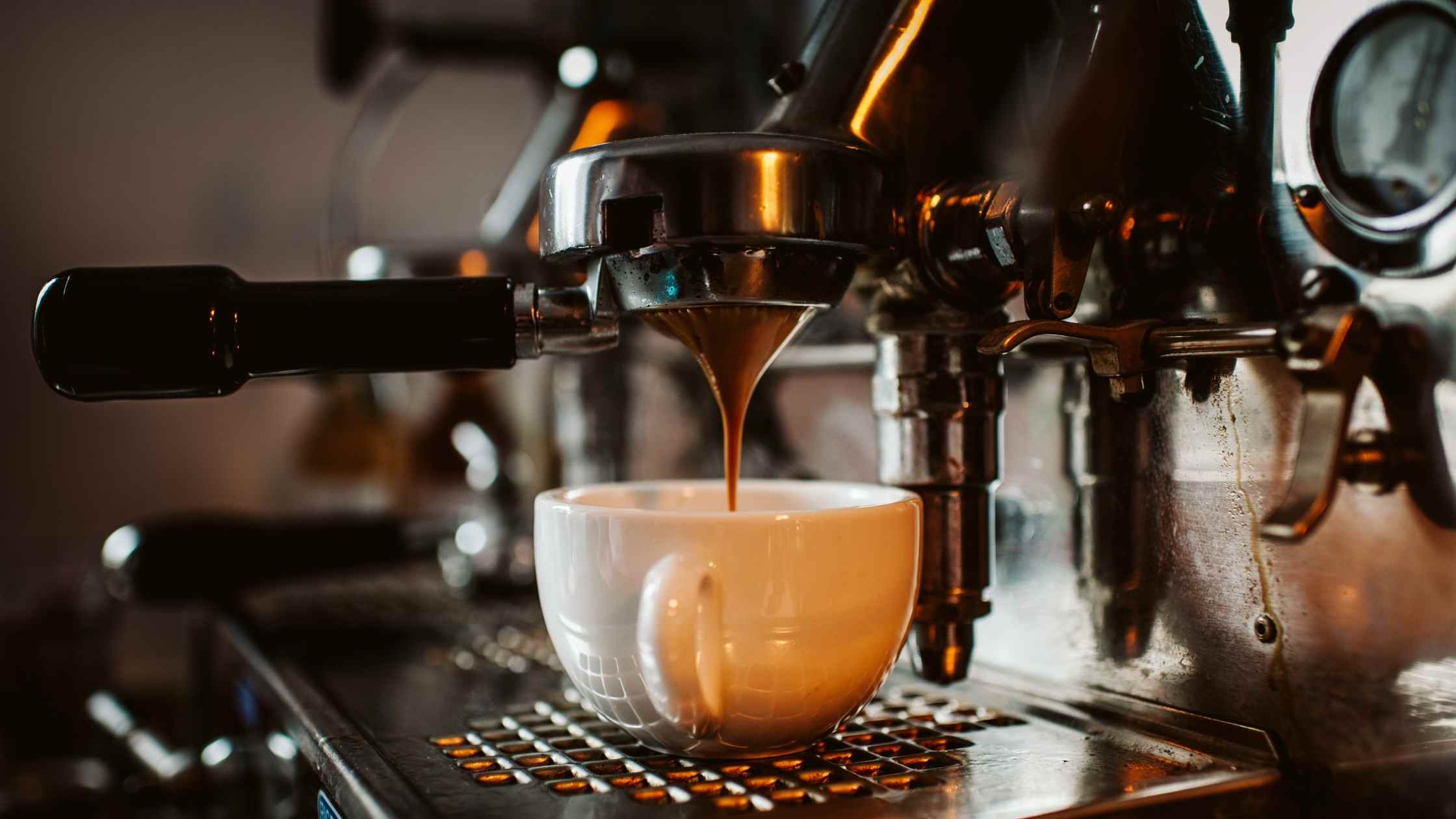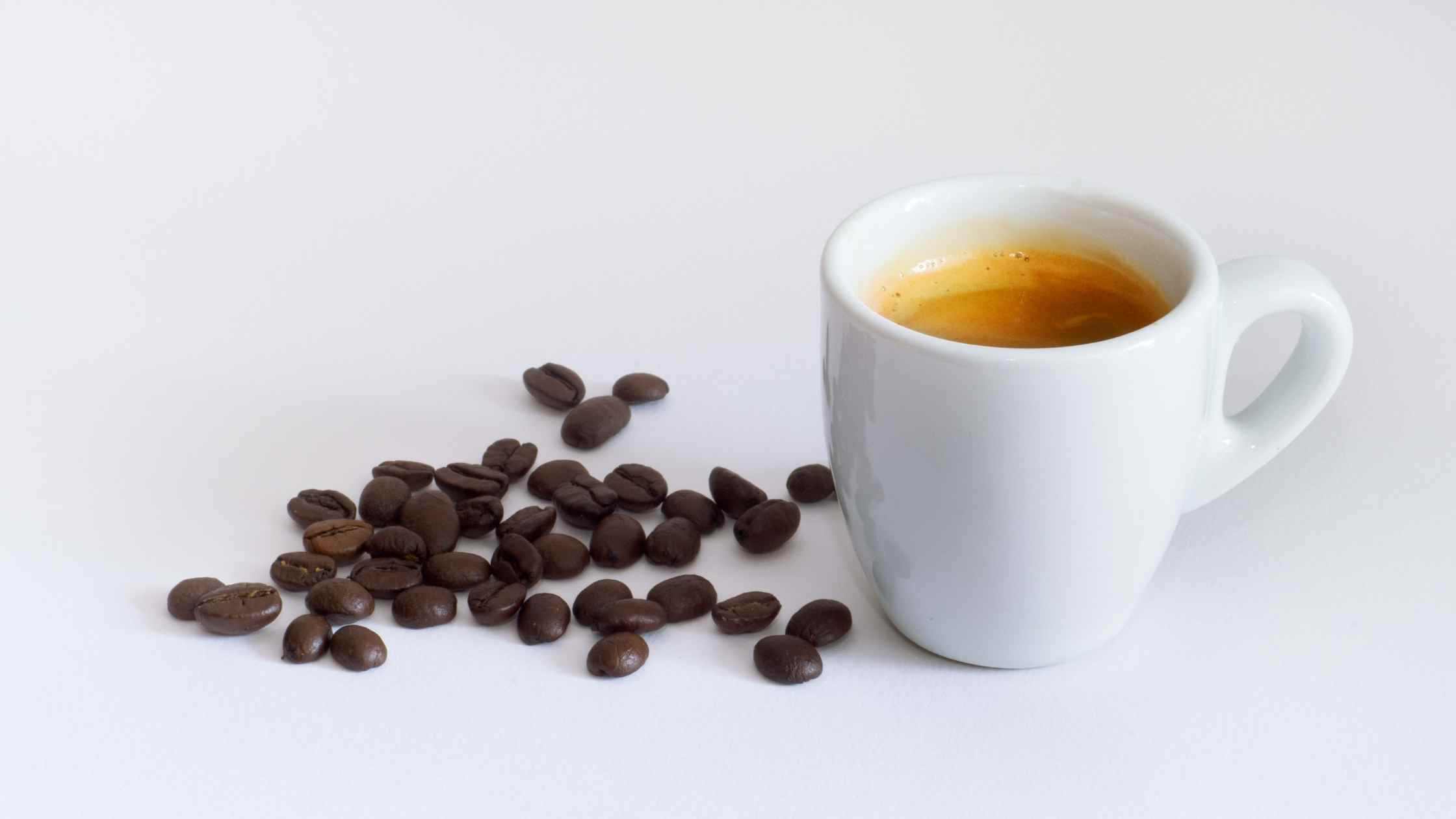Well, hello there, Alex Martinez here, ready to guide you through the next very important step that makes great espresso. If you’ve been keeping up on my tips about espresso, you’ll know the importance of tamping, which is a critical step in extracting that bold flavor, that rich, deep flavor that makes espresso so irresistible. To get that shot just right, you must pack your coffee grounds just so. The secret, of course, lies in creating a perfectly even, compact coffee bed, or “puck,” that ensures water is pressed through it as evenly as possible and extracts all those wonderful flavors.
But don’t worry-tamping isn’t complicated, or at least not as complicated as it sounds. With a little practice, you’ll be tamping like a pro in no time. Here’s a breakdown into five easy steps:.
1. Weigh the coffee grounds
Begin with fresh, newly ground espresso in the portafilter. Get all your coffee flat and perfectly even across the top with no imbalance before any pressure is applied. I have found that sweeping around the top with your finger and sweeping all excess ground away helps.
Why does this matter? Well, if your grounds are uneven before tamping you’re pretty much guaranteed to find those weak spots and have an uneven extraction, thereby creating a weak, watery shot of espresso. And trust me, we’re here for something better than that!
2. Use Right Form
Tamping is as much technique as it is pressure. First, turn your tamping-side hip toward the counter. That helps you get into a comfortable position so you aren’t working it out with just your wrist-after all, you don’t want to injure yourself, do you?
Hold the tamper with your thumb and index finger thrust onto the base of the tamper as you would a doorknob. That will give you good, solid control and cause you to apply pressure much more evenly, keeping the bed from shifting out of level. Believe me, this technique will be saving you from uneven pucks and sore wrists!
3. Place a gentle pressure of 15 lbs
Immediately before you go on the all-out effort, start with a gentle tamp to shape the puck. Use about 15 pounds of pressure enough to just start to shape the coffee into that puck form.
If you want to know how to be good for 15 pounds of pressure, here’s the fun trick: stand on your bathroom scale and press down on the counter until you see 15 pounds subtracted from your weight. Or, if you have a calibrated tamper, it will guide you. The thing with tamper is evenhanded pressure-you want the puck to be flat and uniform, not tilted or uneven, because that’s where problems can start.
4. Apply Pressure 20-30 Pounds – Polish the puck
Now it’s time to finish the job. Press down harder—between 20 and 30 pounds of pressure—to fully compact the grounds into a solid puck. Some baristas like to go for 30 pounds, but I’ve found that 20-25 pounds is usually enough. The goal is to create a firm puck that holds together under the brewing pressure, but don’t overdo it—excessive pressure can lead to over-extraction and bitterness.
Snap down then, which imparts a slight twist to the tamper. You never want to twist when you snap down because that tends to break up the coffee bed, creating channels that let the water skip over parts of it-it’s pretty awful extraction. It gives your puck a smooth, however top surface, which makes sure your puck is compressed equitably and ready for service.
5. Maintaining the Portafilter Clean
Take a minute and check your work before you close the portafilter on the espresso machine. You are looking for gaps, cracks, or non-even spots in the coffee bed. Should all look smooth and compact, then you’re good to go!
Finally, clean excess coffee grounds from the portafilter edges. Many people forget to do this, but it is important because stray grounds can interfere with the seal between the portafilter and the machine, creating leaks and making your espresso machine work harder, which means more maintenance down the line.
Bonus tips for smooth tamping
Now, having reached the sweet spot, and achieved the perfect pressure on your specific espresso machine with beans, try to repeat it each time. Consistent tamping equals consistent results-so no surprise when you get to your cup!
Buy yourself a good tamper: A solid-handled and level-bottomed tamper will give you the control you need with the tamp. Trust me on this one; it’s worth the investment.
Keep your wrist happy: Focus on feeling pressure originating from your core, not from your wrist when tamping. Poor form can lead to repetitive strain injuries over time (and nobody wants that). Why Tamping Matters
Then you could ask, “Why do people make such a big deal about tamping in the first place?”
Actually, it is tamping where you can control the resistance of your coffee grounds during extraction. In other words, forcing the water to work harder in pulling those oils and those flavors that help amalgamate for that characteristically rich taste and creamy texture of espresso. When done right, tamping ensures a full, balanced shot. If done poorly, the water will shoot through any loose grounds or gaps, creating a weak, flavorless espresso. And that’s not what we’re aiming for here! A little bit of effort during tamping can make all the difference in your final cup.
Final Words
Tamping espresso is like fine-tuning an instrument. It’s the part of the process where your precision and attention to detail can make or break the final result. But with practice, it becomes second nature. Just remember—level, press, polish, inspect—and you’ll be tamping like a pro in no time. So, give it a try next time you’re pulling shots at home, and let me know how it goes. Once you’ve mastered this, you’re one step closer to making that perfect espresso, just like the pros do.

